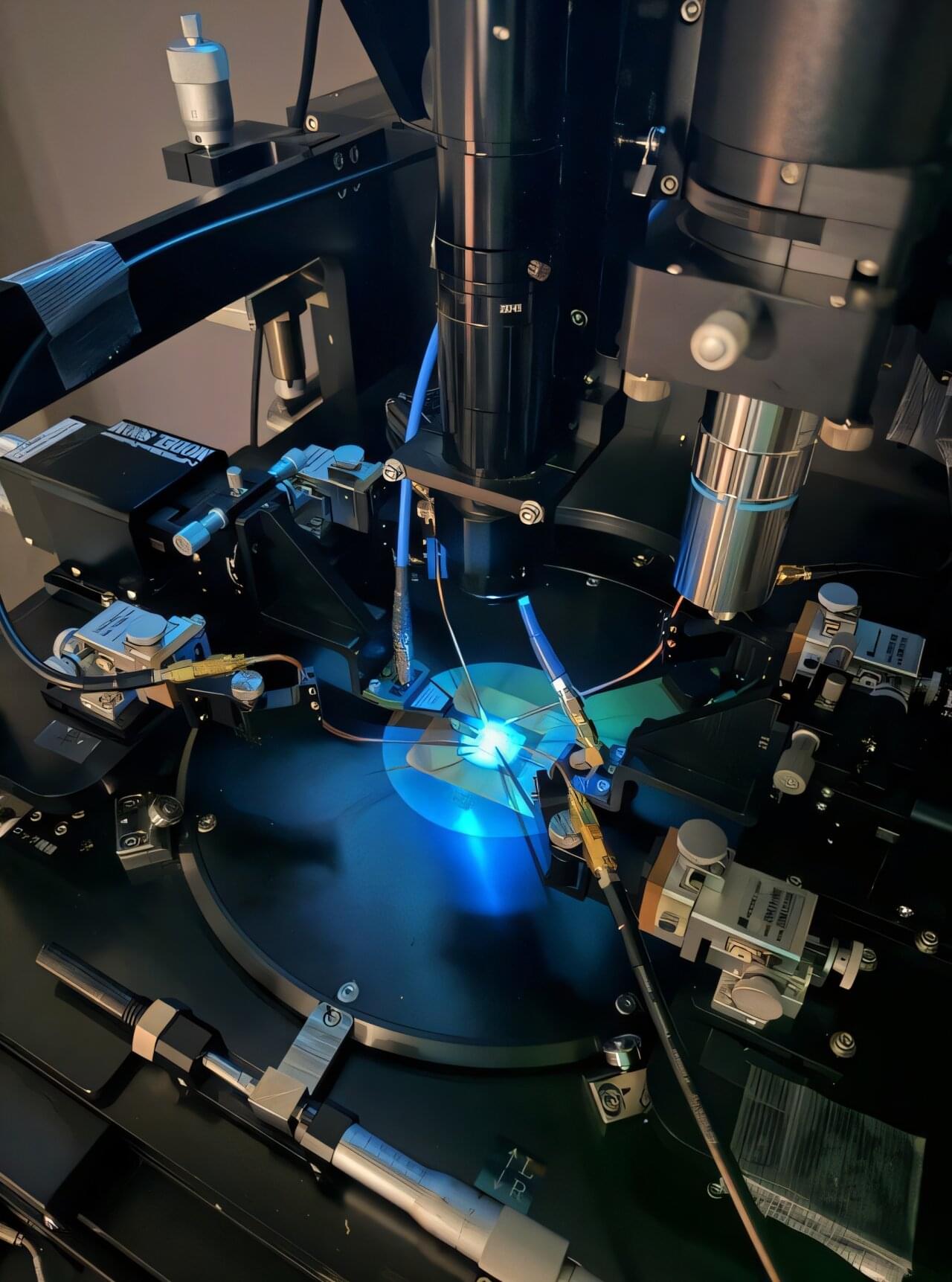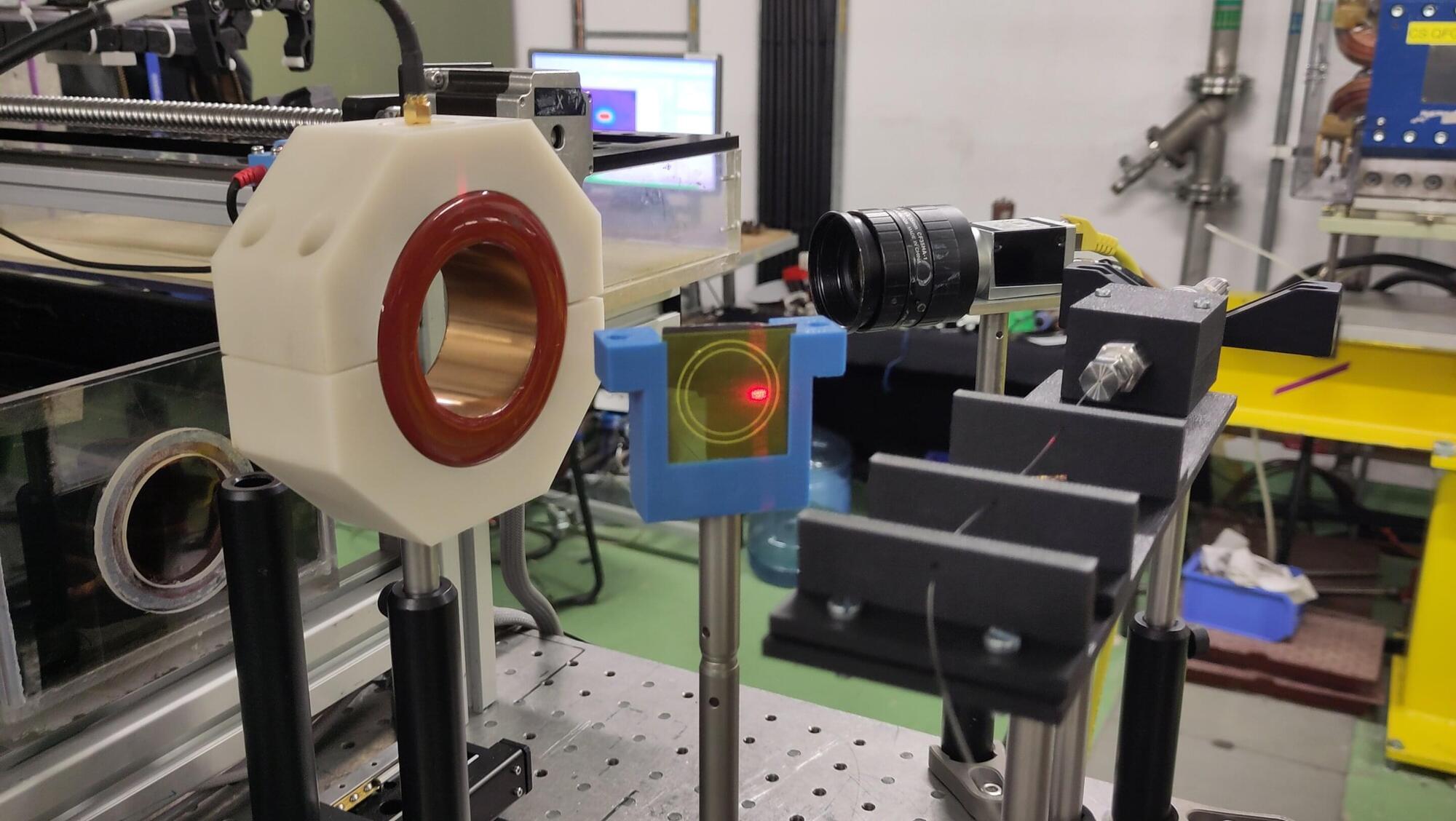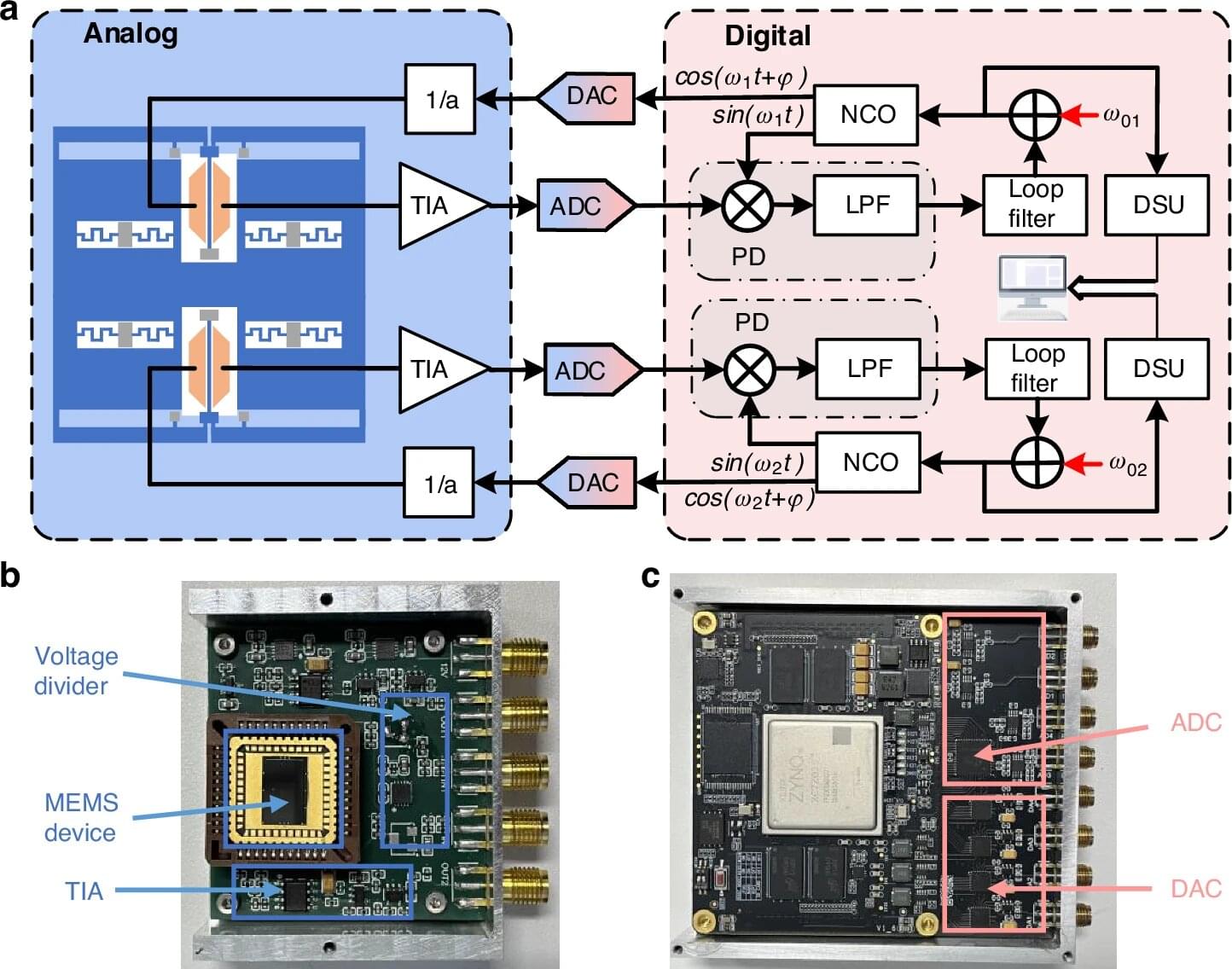This isn’t your normal wedding cake. The gummy bears on top can dance, their heads and arms moving thanks to injections of air through a pneumatic system, and the LED candles at the bottom are powered by batteries made out of chocolate. Such edible electronics have been proposed as a solution to electronic waste. The cake was unveiled at Expo 2025 in Osaka, Japan, on 13 April.









